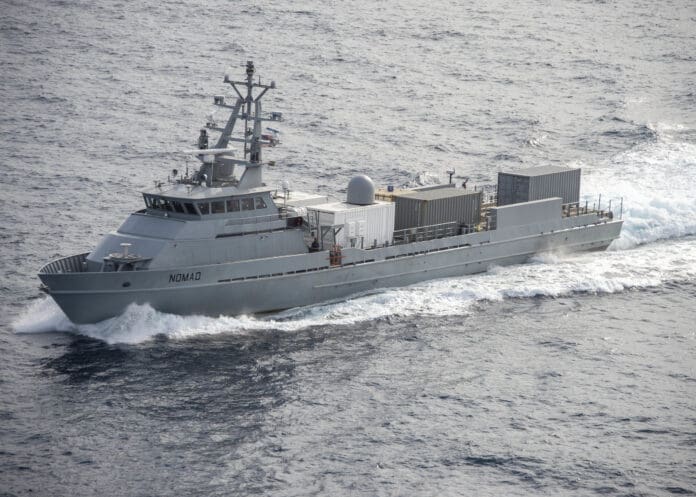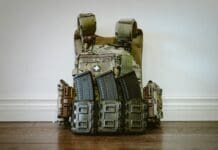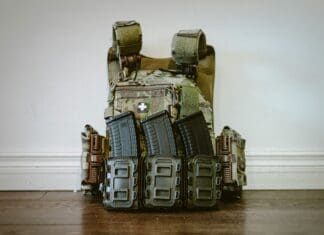This post is also available in:
 עברית (Hebrew)
עברית (Hebrew)
DARPA recently reached a significant milestone in its No Manning Required Ship (NOMARS) initiative with the successful refueling of unmanned surface vessels (USVs) at sea. This demonstration involved the Mariner and Ranger USVs and is a key step in DARPA’s efforts to develop autonomous ships capable of performing long-term operations without a crew onboard.
The NOMARS program is designed to create unmanned vessels that can endure extended missions in challenging maritime environments, without the need for human presence. According to DARPA, this design offers reduced size and cost, as well as increased operational reliability and survivability in rough seas. The program also aims to enhance stealth and resistance to tampering, which is crucial for military applications.
While the vessels in this test are intended to operate without crew, human personnel were still needed to manage the refueling process. The Mariner vessel was used to refuel the Ranger, with crew members overseeing the fueling lines and hoses. However, the Ranger operated fully autonomously during the test, reinforcing the NOMARS goal of crewless operations. This test demonstrated several key operational procedures, including connecting the refueling probe and transferring fuel, marking an important advancement in the program’s development.
Although the vessels are designed for autonomous operation, this demonstration required some human involvement for safety and logistical purposes, particularly in the refueling phase. The test successfully proved that the NOMARS system could function in real-world conditions, even when dealing with rough seas and high winds.
The tested system is supposed to fit the Defiant USV Developed by Serco, which is an important part of the NOMARS project. In the test, the Ranger was equipped with a system similar to the one employed by the Defiant. The Defiant is being built as a low-cost, fully autonomous vessel capable of remaining at sea for extended periods. It is designed to carry large payloads over long distances while requiring very low maintenance, making it a promising tool for future military and maritime missions. The program also integrates advanced technologies like hybrid power systems and high-capacity batteries, allowing the vessels to maintain operational speeds and reliability over long durations.

























